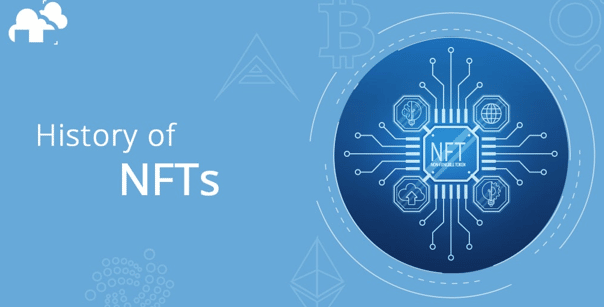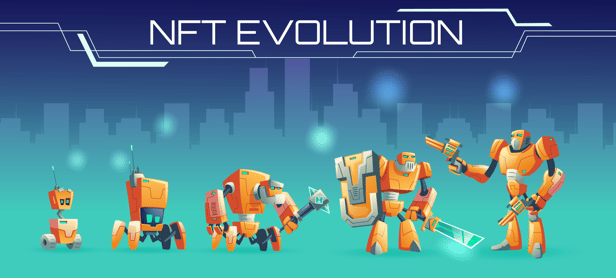
The digital world refers to the dominance of the use of technology in society. The digital revolution has seen a very big change in human communication and it has marked the beginning of a new information era. The change from analog, to mechanical and electronic, has caused a significant change in both economy and the society. The evolution of the digital world has left so many processes declared obsolete. This was brought about by the adoption of new technology in industrial processes, which was also adopted in society and the global economy.
The arrival of devices such as smartphones and PCs has also changed the methods used by consumers, including the way they socialize. The digital world is interconnected by devices and digital systems. The digital revolution has also changed the way of accessing information as digital devices bring it directly to the users. The evolution of the digital world has reduced personal interactions, increased productivity, and connected workers regardless of their geographic location.
The digital revolution started with the idea of the internet. The development of the transistor in 1947 paved a way for the development of powerful digital computers. The military and other government organizations were actively using computers in the 1950s and the 1960s. This later led to the emergence of the world wide web (www).
In the 1980s, the computer became a familiar machine and many jobs demanded the use of computers. By 1996, many businesses had adopted the use of the internet. By the 2000s, the digital revolution had spread to developing countries and mobile phones were common. The number of digital users also continued to grow and televisions transitioned from the use of analog signals to digital signals.
Since 2010, at least 25% of the world’s population has been made up of internet users. 70% of the world’s population also own mobile phones. In today’s digital world, mobile devices and internet websites are common ways of communication.
NFT History Timeline

The evolution of the digital world has led to the emergence of NFTs (Non-Fungible Tokens). NFTs are digital assets that run on the blockchain, another product of the digital revolution. They represent the ownership of real-life assets such as videos, audio, photos, memes, tweets, or even real estate.
With the ongoing NFT hype, many have been left asking themselves:
Where did NFTs come from?
When did NFTs become popular?
That is why we have decided to give you the NFT timeline history.
The NFT history timeline dates back to 2014 when Kevin McCoy minted the first-ever NFT on the Namecoin blockchain. The name of the NFT was “Quantum.” In August 2015, the first Ethereum NFT appeared, and this marked the beginning of Ethereum’s dominance as the main blockchain for NFTs in the digital world.
On June 2017, Larva Labs launched the Cryptopunks NFTs. These NFTs were launched on the Ethereum blockchain. The developers released a total of 10,000 cartoon NFTs and Ethereum wallet owners could acquire them for free. All the 10,000 NFTs were claimed, creating a secondary market for NFTs. In the same month, the average price of an NFT managed to surpass $100.

On November 2017, the CryptoKitties NFTs were released to the public. The NFT project managed to raise $12.5 million in funding. The NFT project comprises NFT cats that can be bred. The cats have unique numbers and are identified by other features such as hair, mouth shape, base color, eye shape, accent color, and more.
The year 2021 is very important to the NFT history timeline as it saw the explosion of NFTs. The year recorded a significant increase in the price of NFTs. The “Hashmasks” collectibles managed to make sales worth close to $9 million within a week.
In March 2021, the most expensive NFT, Beeple’s “Everydays: The First 5000 Days” was sold for $69.3 million on the Foundation marketplace. In the same month, Jack Dorsey, the Twitter founder, sold his first tweet as NFT for $2.9 million. The popular Bored Ape Yacht series of NFTs was launched in April of the same year.
In June, CryptoPunk #7523, whose name is “Masked Alien,” was sold for $11.8 million. By the end of 2021, the average price of an NFT was $580.7. This was a signal that NFTs had been accepted in the digital world as tokens for representing real-life assets.
The process of collecting NFTs has become easy as there are many ways how users can discover current and upcoming NFT projects. Applications that generate NFT signals have made it easy to trade NFTs. The NFT signals guide traders on when to enter both long and short positions when trading NFTs.
Why NFTs are not the Future
NFTs were originally developed to help artists make money from their artworks. However, what we see with the current NFT digital world is very different from that. It is simply a collection of digital assets, the majority with little or no value. Most people even wonder why NFTs fetch millions of dollars in price. This is one of the reasons why NFTs are not the future.
Secondly, the process of minting NFTs can be harmful to the environment. This depends on the consensus mechanism used. The Proof of Work (PoW) consensus mechanism consumes a lot of energy and emits poisonous gases to the environment. Since most NFTs use the PoW algorithm, NFTs may not be the best option if we want a future on the planet.
